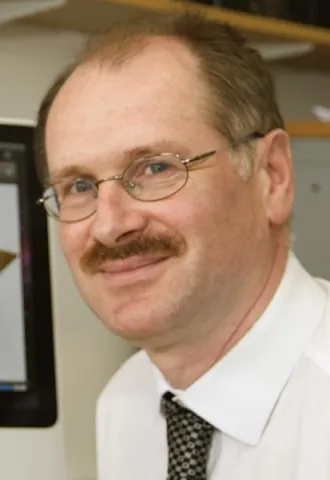About the project
The breakup of continents is fundamental to the creation of the Earth’s surface and oceans but many aspects remain poorly understood. Breakup involves a complex interplay of extensional tectonics and magmatism, resulting in a range of rifted margin types, including a “magma-poor” end-member involving broad regions of exhumed and serpentinised (hydrated) mantle. Breakup at such margins is commonly followed by slow to ultra-slow seafloor spreading, which can also result in mantle exhumation and thus ambiguity about where seafloor spreading starts. Normal faulting plays a key role in supplying fluids driving serpentinisation beneath hyper-extended continental crust but its role in regions of exhumed mantle is less clear. To address these issues, we will image lateral variations in serpentinisation and magmatism at the Goban Spur margin southwest of the UK by acquiring the first controlled source electromagnetic (CSEM) dataset across a continent-ocean transition (expected summer 2023), using both towed and seabed receivers. We will also detect differences between underlying continental and oceanic mantle using passive electromagnetic (magnetotelluric) data. The student will analyse a subset of this dataset, guided by results from a wide-angle seismic survey acquired during the same cruise and extensive pre-existing multichannel reflection data along the same profiles and nearby.
For full project details visit the Inspire project page.
Supervisors:
- Professor Tim Minshull (University of Southampton)
- Professor Steve Constable (Scripps Institution of Oceanography)
- Gaye Bayrakci (National Oceanography Centre)
- Romina Gehrmann (Dalhousie University)
